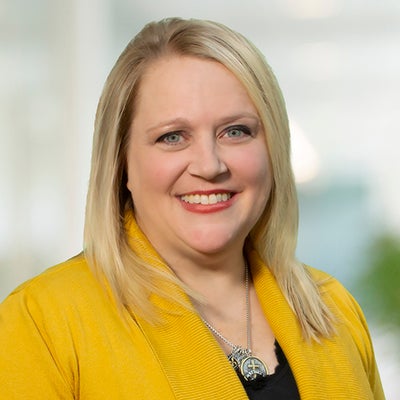
When supplying patients with the knowledge needed to change health behaviors, providers must consider a patient’s understanding of that education. Nearly 9 out of 10 adults lack the skills needed to fully manage their health care and prevent diseases. These skills are components of health literacy. Low health literacy is more prevalent among older adults, minority populations, those who have low socioeconomic status, and the medically underserved. The CDC recently redefined health literacy as:
Health literacy should not be confused with basic literacy. Health literacy involves more than reading; it includes calculating the right dosage of a medication, the ability to make appropriate health decisions, and effectively communicating with care teams. Those with low health literacy find difficulty locating providers, filling out health forms, sharing their medical history with providers, and managing chronic health conditions. Simply because someone has good literacy skills does not mean he or she has good health literacy skills.
Health literacy is fundamental to quality care. Poor health literacy leads to poor health outcomes:
- Increased utilization
- Decreased participation in preventative care
- Reduced medication and care plan adherence
- Increased health care costs
- Death
Health care providers are confronted with learning how to best share knowledge with people of varying health literacy levels. A key piece of this challenge is to recognize when a patient does not understand the information being communicated. Studies have shown physicians routinely overestimate the health literacy skills of their patients and assume patients understand more than they do. As value-based care further emphasizes high-quality care, we must ensure information is being brought to patients in an actionable, accessible, and accurate way.
Communicating with patients in a way they understand will lead to better health outcomes. Below are simple, actionable strategies for bridging the health literacy gap in health care settings:
- Establish a Patient-Centered Environment
Many patients feel pressure to act as if they understand, even when they do not. Patients with low health literacy may feel embarrassed or ashamed. They often use well-developed coping skills to mask this low health literacy. Health care professionals must create a patient-centered, shame-free environment to cultivate the feeling of trust and openness. If patients feel welcomed and heard, they will be more likely to ask questions, divulge helpful information, and speak up when they do not understand.
- Use Plain Language
The average Medicare patient reads at a 5th grade level. To ensure comprehension, providers must use the simplest possible language when explaining health information. All guidance, verbal or written, should be at a 5th grade reading level. Providers need to sharpen their skills at transforming technically difficult information into simplistic, easy-to-understand information. The first step would be to consider changing certain words to plain language. Instead of monitoring, how about check? The CDC has a helpful resource to ensure you are using plain language when communicating with patients.
-Original Sentence: you will only know the success of the plan if you monitor your progress.
-Plain Language Sentence: you will only know the success of the plan if you check your progress from time to time.
- Make Use of Printed Information
Research has found that 65% of the general population are visual learners, meaning they need to see information to retain it. Diagrams and pamphlets, especially those taken home to review, can be an effective way to relay crucial health information. The most accessible materials will use plain language and be in at least 12-point font.
- Speak at a Slow Pace
It’s common for providers to relay information quickly due to the short nature of office visits. Patients will miss important details if this information is relayed too quickly. Take special attention to speaking at a slow pace, allowing enough time in between topics for the patient to fully process the material.
- Encourage Questions
Most patients will respond to “do you have any questions?” with no even if they do have questions. Encourage questions by asking “what can we review again?” or “what would you like to know more about?” These open-ended questions will elicit a more detailed response than a simple yes or no question. Other actions to invite questions include:
- Sitting on the same level as patients
- Helping patients prioritize questions
- Encouraging staff to make sure questions are asked and answered
- Reminding patients to bring prepared questions to appointments
- Emphasizing the need for patients to ask questions in other health settings
At the conclusion of a visit, a patient should be able to answer the following questions:
- What is my main problem?
- What do I need to do about it?
- Why is it important for me to do this?
If they can answer these questions, the provider has effectively overcome the barriers of health literacy and successfully educated the patient.
About the Author


